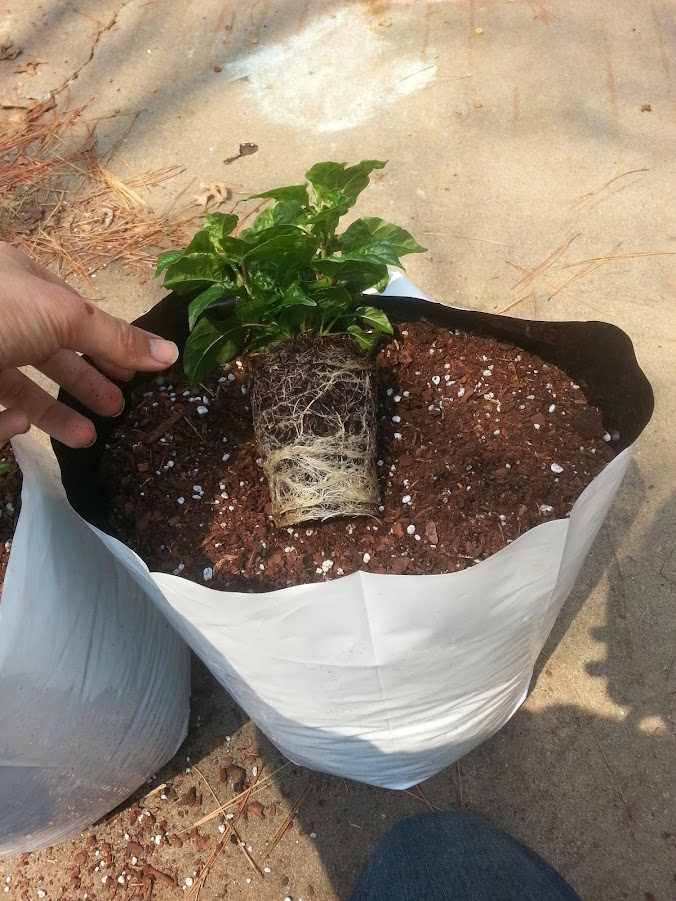Hybrid Mode 01 said:
I think the main issue with transplants being reluctant to start growing roots in their new soil has to do with what that particular plant "feels like" doing at that point in its life. If a plant has started to get used to a smaller pot and, thus, has begun to enter a primarily reproductive growth phase, it might be difficult to convince it to start putting energy into growing roots again.
What he said....
The effect is more pronounced with tomatoes. Towards the end of the "rush season" at garden centers, you will see stunted tomato seedlings a handsbreadth or two in height, with one or two cute little cherry tomatoes on them. The labels often indicate they are not cherry tomatoes... just stunted fruit on stunted plants
I was given a few once, and on a what-the-hell whim, i planted them. They remained "convinced" they were in a marginal or non-survivable niche, so they just kept producing a very few tiny sad fruit with little flavor. It's a sensible strategy when the parent plant's seed-delivery method is random air delivery via birdlime, and the seed can land anywhere. Note that both pepper and tomato seeds rely on the same delivery system.
I'd assumed peppers were different, since "bonchi" -- peppers dwarfed for overwintering -- again flourish when planted out next spring. What i hadn't considered was that, after overwintering, the plant's survival strategies might undergo a reset, greeting a new season with a new approach.
Since no-one overwinters stunted discarded tomato seedlings, i don't know if they would likewise reset their game plan, but it's an interesting idea.
Thanks, Hybrid Mode, i think i was dead wrong about the whole strangler root problem.


